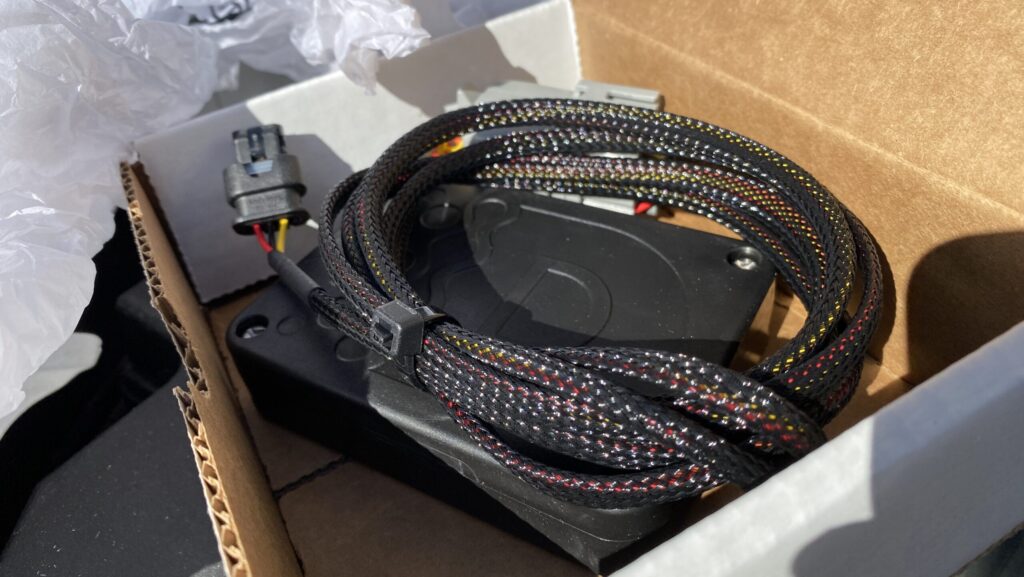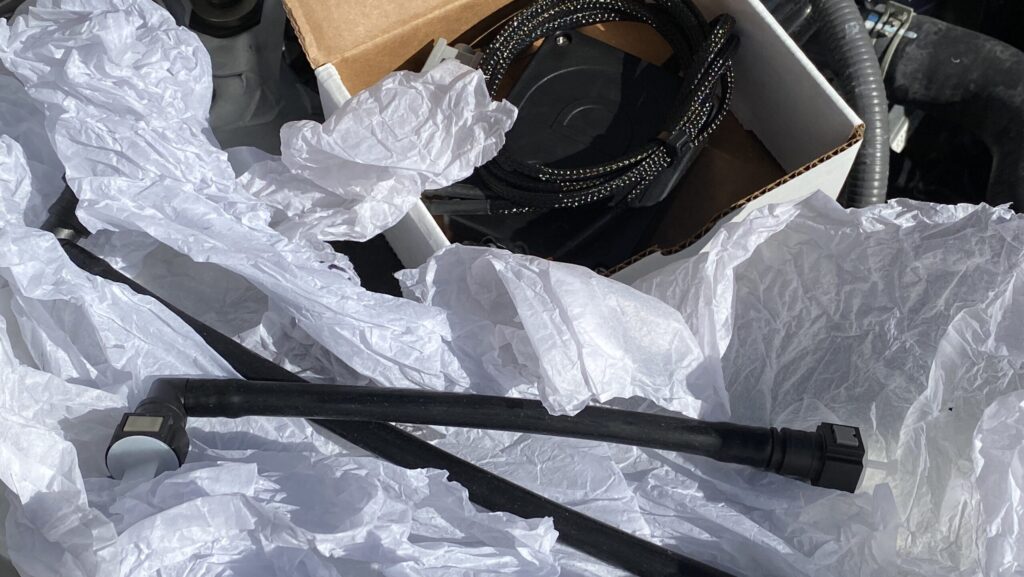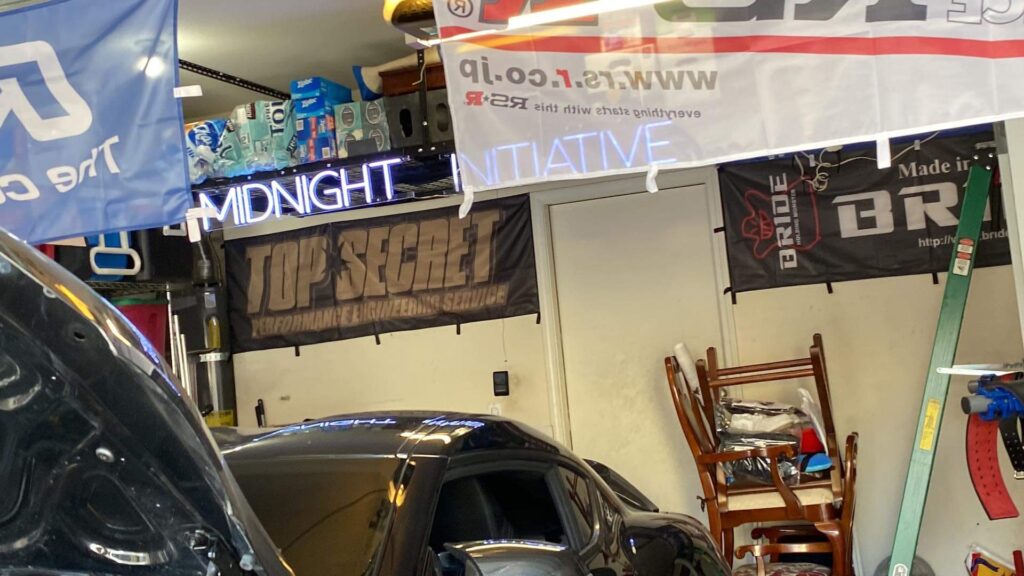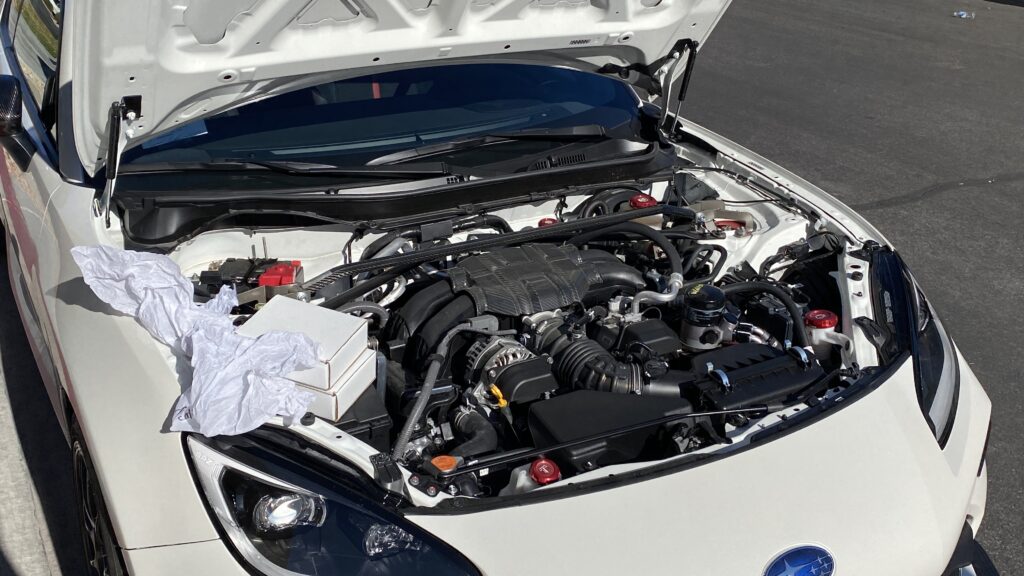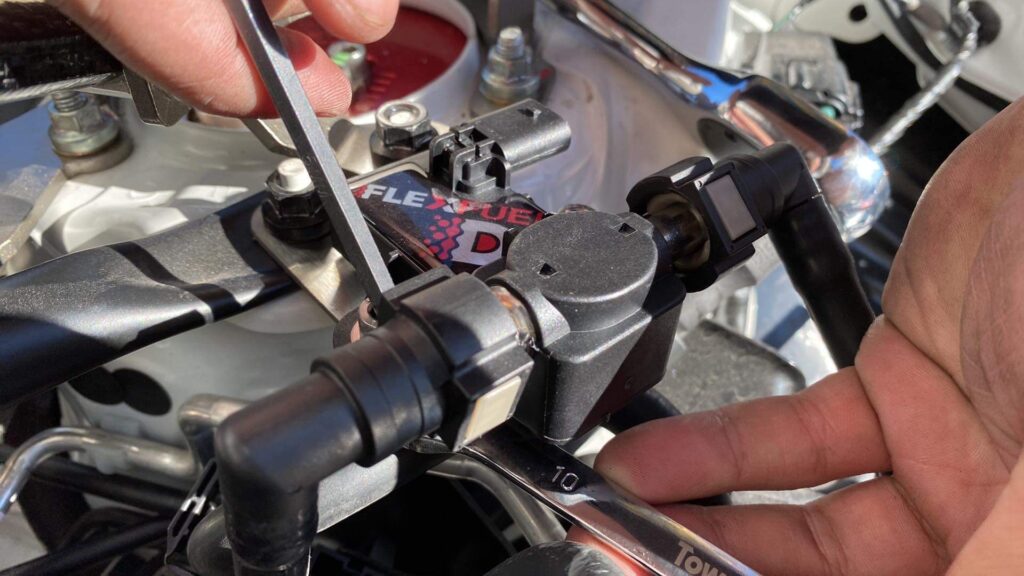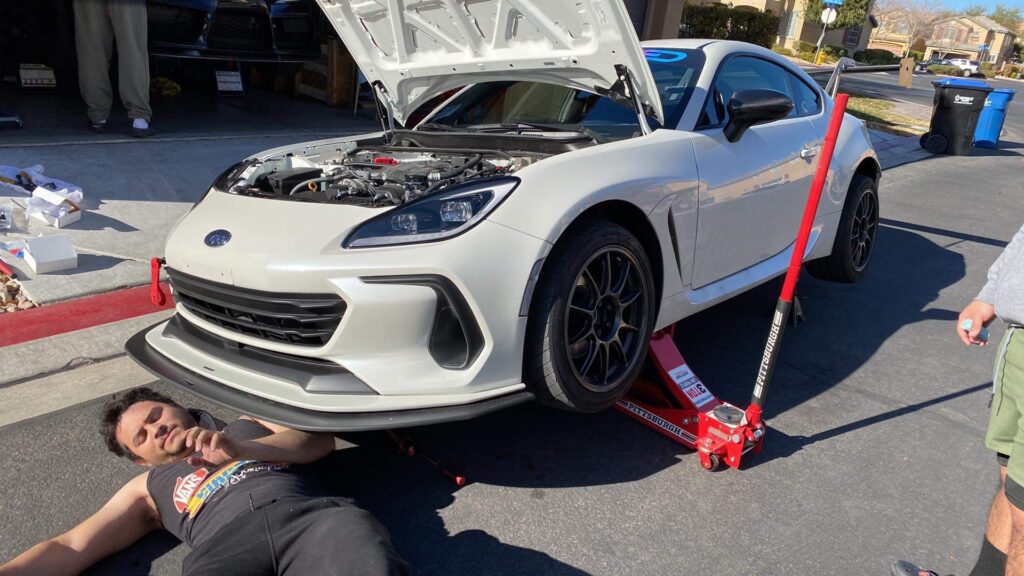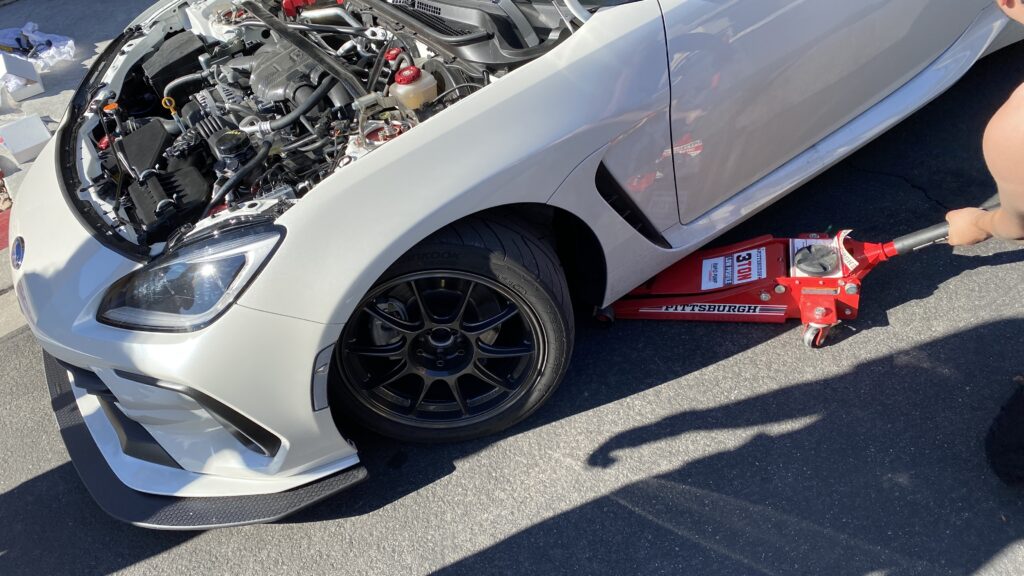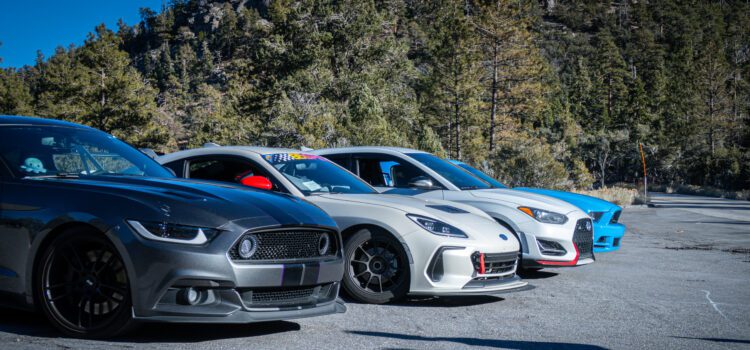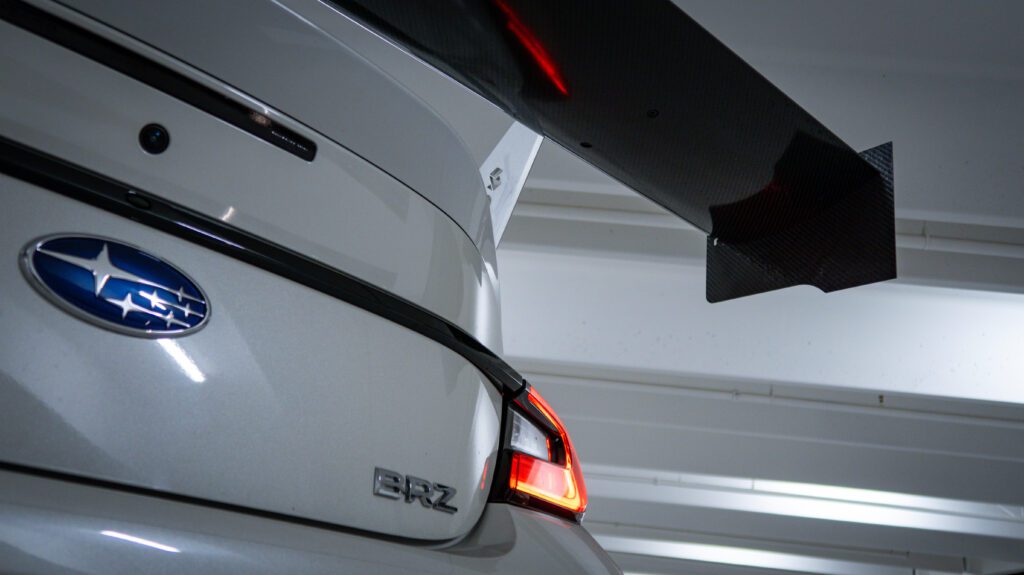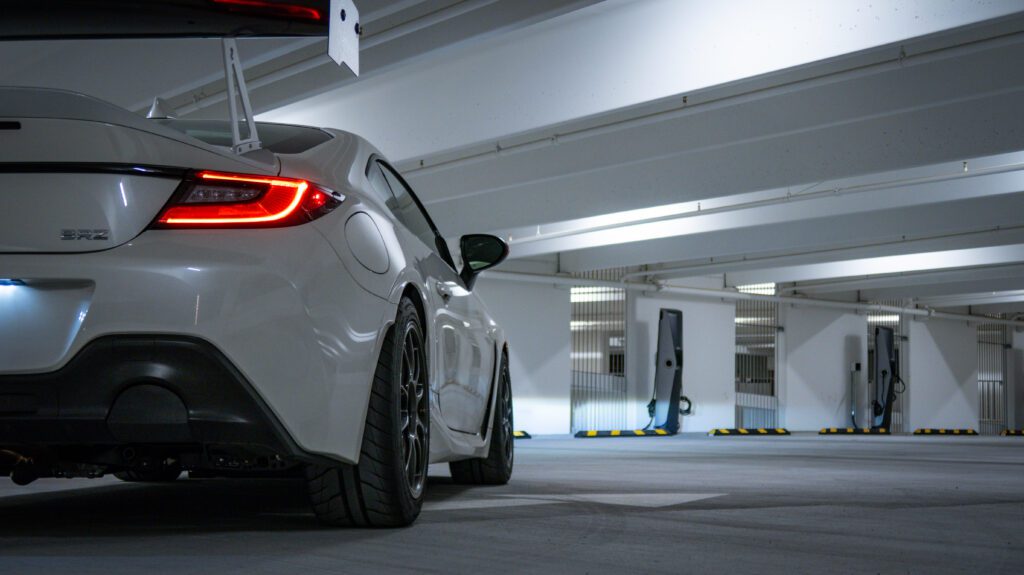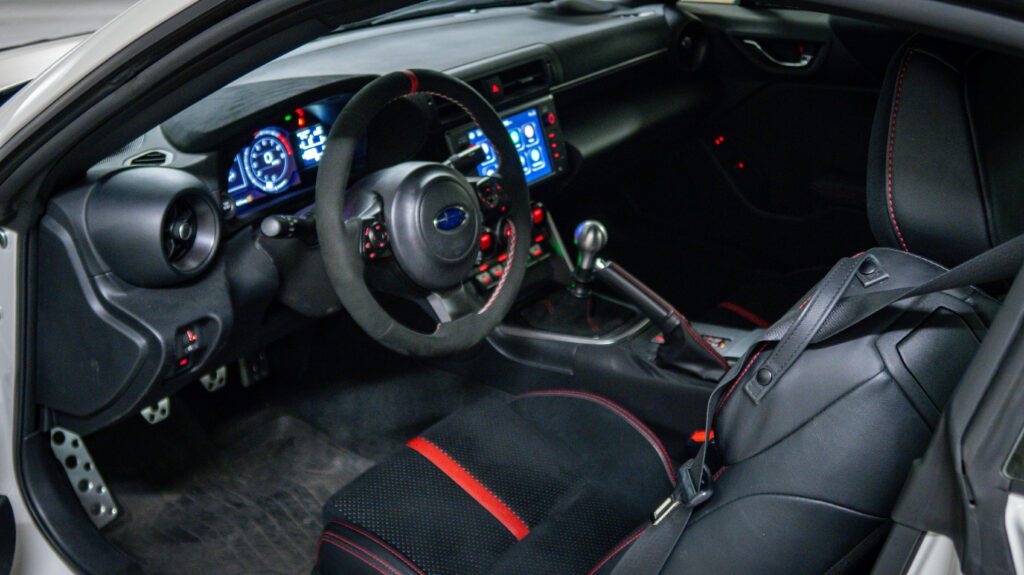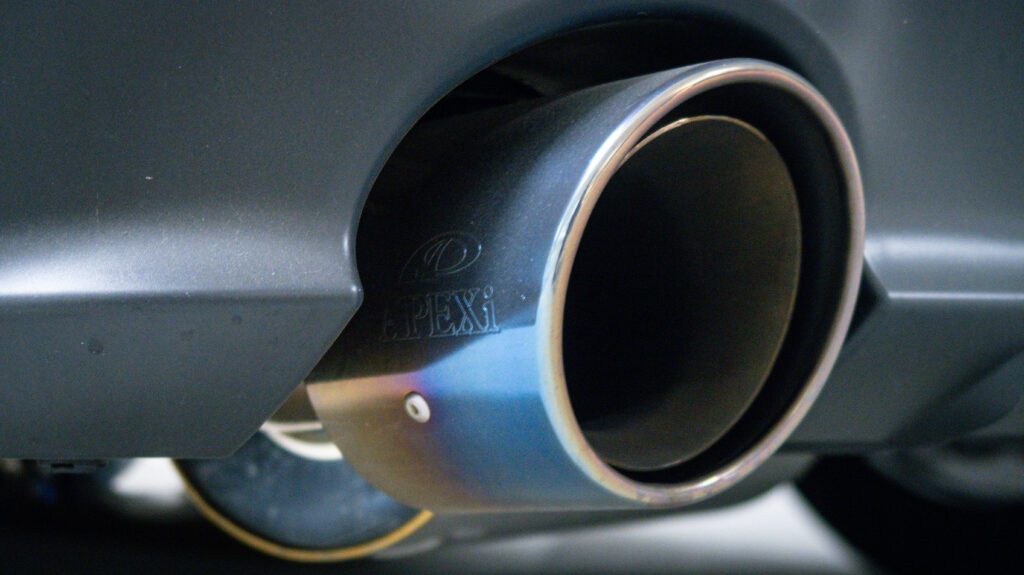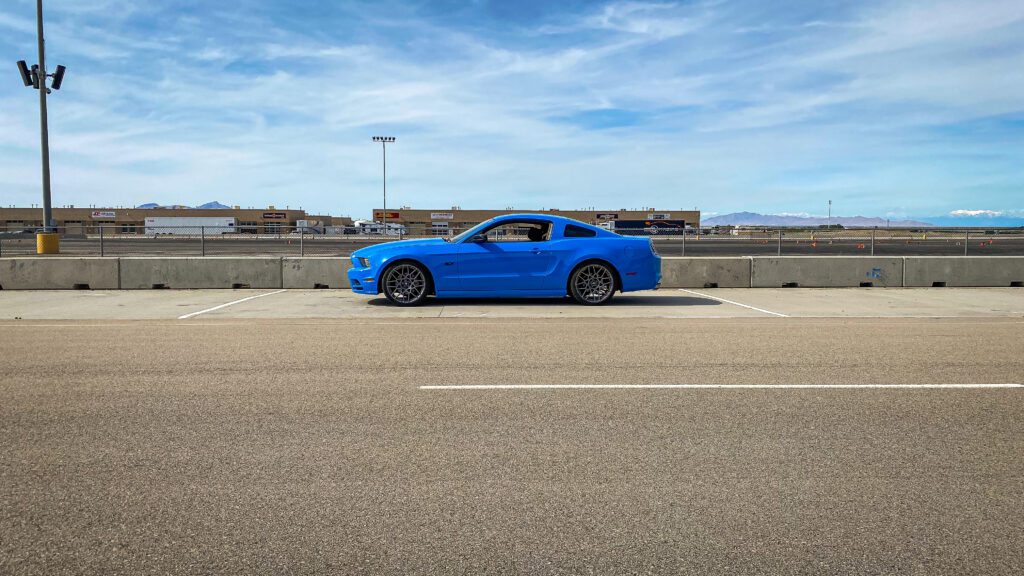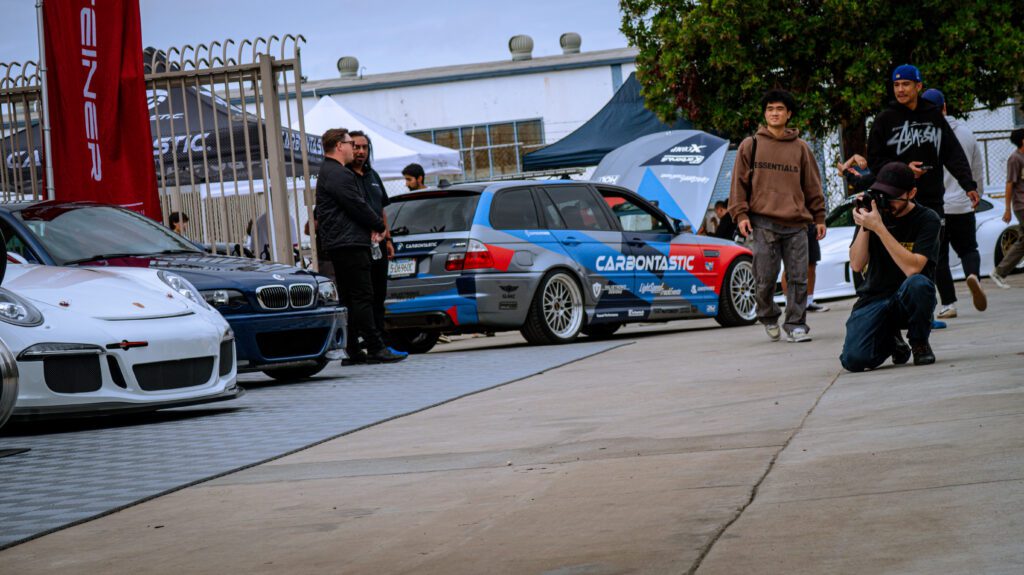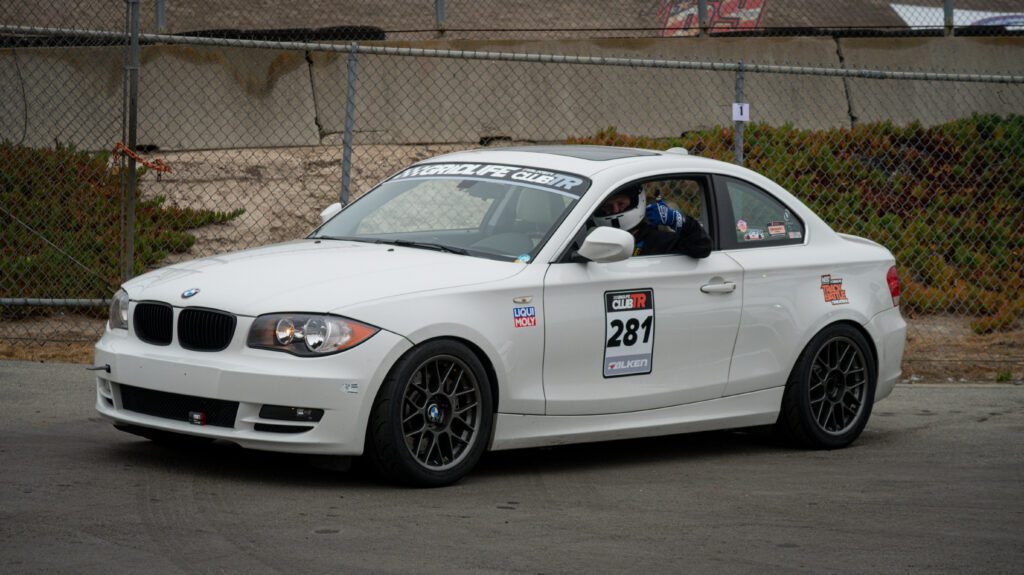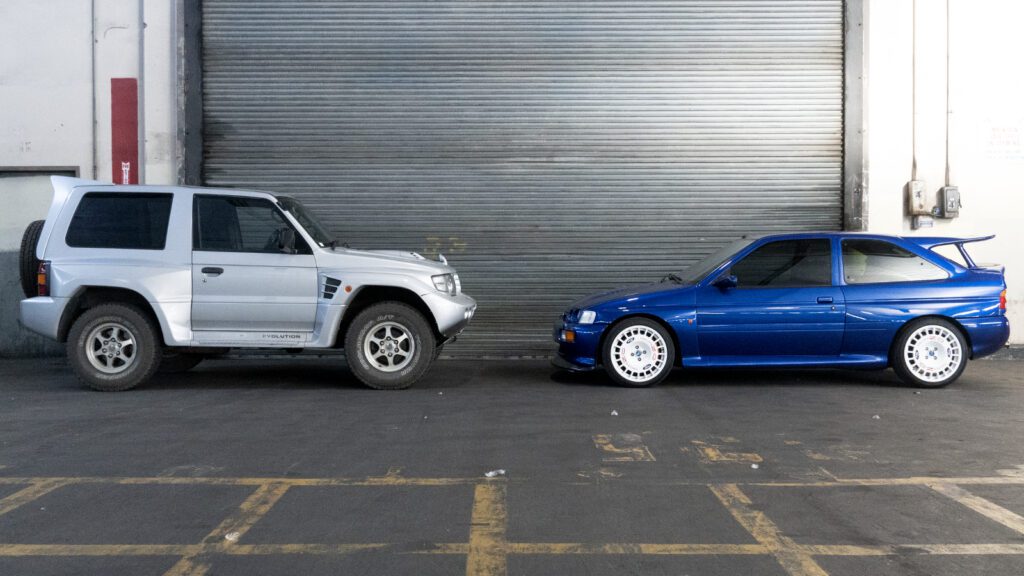The right tool will make all the difference in the world
The famous road-trip novel, Zen and the Art of Motorcycle Maintenance, made the simple act of keeping machines running seem all fine and dandy, a worthy pursuit that teaches life lessons as much as practical problem-solving. But just as anyone who regularly wrenches on cars or bikes will admit, I have undoubtedly experienced some of my most frustrated moments while covered in grit and grease, knuckles bloodied and hands shaking, stuck in a bizarre stew of furious exhaustion.
The logistics of actually riding classic motorcycles over long distances forced the semi-autobiographical author Robert M. Persig to pack light on a Honda Super Hawk, but the realities of working on multiple makes and models of cars and motorcycles over the past decade-plus of my life all combined to teach me one very simple rule.
The right tool makes all the difference.
Skip to section:
- Michael’s story (what to know)
- Michael’s shopping list (what to buy)
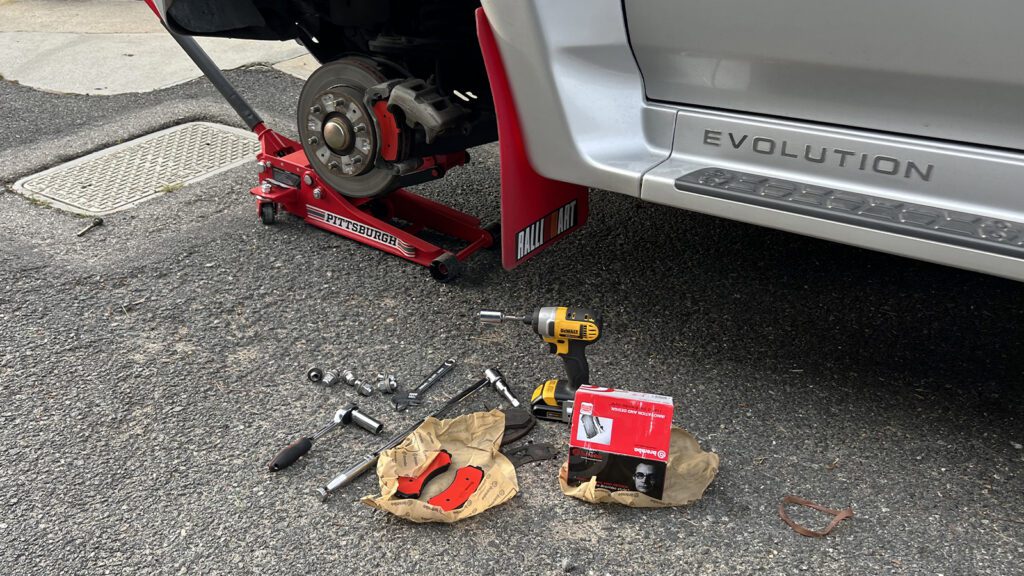
(Editor’s note: Keep an eye out for the all-star tools that saved Michael’s ass! We’ll drop them in a final shopping list down below. Happy reading, and happy shopping.)
A master’s degree in absolute amateurism
Like most backyard or driveway mechanics, I started working on a high-mileage 2001 Audi TT I bought, hoping to teach myself to master a manual transmission by commuting in a beater with a clutch pedal. I wore out my right arm and left quad driving that stick shift through stop-and-go LA traffic for four hours once on the way back from Palm Springs, slid around on snow and ice in Mammoth, and ripped through every local canyon as fast as the Haldex-based Quattro AWD allowed. I loved the squat little pill car, though the relative heft inspired some light modifications over two years in the form of a Stage 1 REVO tune and a thicker H&R rear sway bar.
I installed that uprated rear sway bar myself on my back in a cold garage while doing my absolute best to keep the rest of the suspension at least serviceable. Over even a relatively brief ownership period, I quickly realized that I needed to do the smaller jobs myself. Otherwise, the TT would have happily eaten me out of house and home as the electronics increasingly went on the fritz.
While an Audi served as solid practice, by the time my stick shift skillz felt solid enough, I similarly felt confident enough in my own wrenching abilities to trade up into a 2001 Porsche 911 Carrera 4—back before values skyrocketed, obviously, after I sunk so much capital into the TT. The 911 was also my first true performance car, so I wanted to get it truly dialed in with refreshed suspension, additional cooling to help prevent oil starvation (the real 996 engine killer that nobody talks about amid the IMS bearing fiasco), and an el cheapo Amazon short shift kit I purposefully marred to add a bit more weight to the throw.



But I still needed to do all the oil changes, filter replacements, and random other minor jobs to save up in case anything serious went wrong—and to help combat the Porsche parts tax, a known quantity. Next up, a pair of pandemic purchases: a 2006 Porsche Cayenne Turbo that I built up for mild overlanding and ski season storm chasing, plus a 1971 Porsche 914 that I bought as a disassembled project. (Please don’t ask, I am entirely beyond saving.)
That Cayenne sold recently and the 914 still lives in a shipping container next to a rebuilt engine and transaxle on tables. In reality, as the pandemic travel restrictions have steadily lifted and automotive journalism picked up in pace, I now spend most of my wrench time doing mostly smaller jobs on the two cars I actually daily drive and off-road regularly: a 1998 Mitsubishi Montero and a 1997 Pajero Evolution.
Close scrapes in tight spaces
I’ve revisited all of the above only to serve as a bit of background, establishing my relative bonafides as a total nerd bordering on insolvency who pours money and time I objectively do not have into passion projects that make no sense. So when the going gets tough, and the prospect of sending one of my cars to a professional mechanic crops up because of some mistake I’ve made, the frustration begins building…


The latest close scrape occurred not while working on one of my babies but instead while helping a fellow Pajero Evo owner prepare to refresh his front suspension and steering. Dan, a similarly insane former Aston Martin product manager who still owns two Astons despite professionally knowing better (not to mention a Ferrari and the PajEvo), showed up with tie rod ends, ball joints, both the idler and pitman arms, sway bar end links and bushings, and even front struts. A big list for a single day, to be sure, but one that came to a grinding halt when we reached the point of pulling off what sure looked like the original pitman arm.
Luckily, the project ended with only minor injuries—and the need for a new set of just about every bearing and ball joint puller currently for sale on the planet.
As we proceeded first to loosen the sway bar end links, then inner and outer tie rods, I sprayed the pitman arm with WD-40 penetrating oil a few times. By the time the final steering ball joint (the pitman arm’s own) popped out using the smaller of our two ball joint pullers, the pitman arm’s connection to the steering box looked absolutely drenched. And yet, using a 36-millimeter socket for the massive retaining nut—that just happened to measure the same diameter as a Volkswagen Bus axle nut—even a three-foot cheater bar required a ton of effort to break the rust loose.
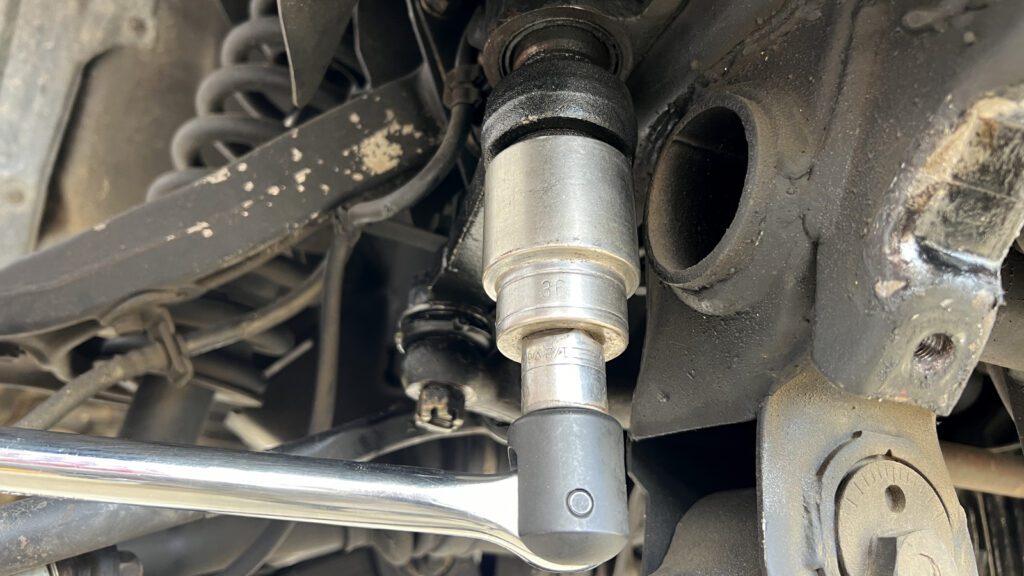

And that was just for the nut. Next up came multiple attempts to pull the pitman arm itself off the splined shaft coming down from the steering box. The smaller of our two-ball joint pullers had a narrow mouth and minimal travel for the lever arm, but even the bigger couldn’t split the wide splined shaft. Time to get a legit bearing puller out. No luck on the first try, which seemed to strain the puller immensely with the full torque of the cheater bar once again in use.
Time to dig deep into the realm of heating and hammering. I torched, Dan sledged, and vice versa. We torched and sledged a bit together and then luckily realized fairly quickly that maybe heating and hammering just below the steering box might be a bad idea. Back to square one: more penetrating oil. We let the pitman arm sit for a bit and focused on other parts of the job to let the penetrating oil, you know, penetrate.
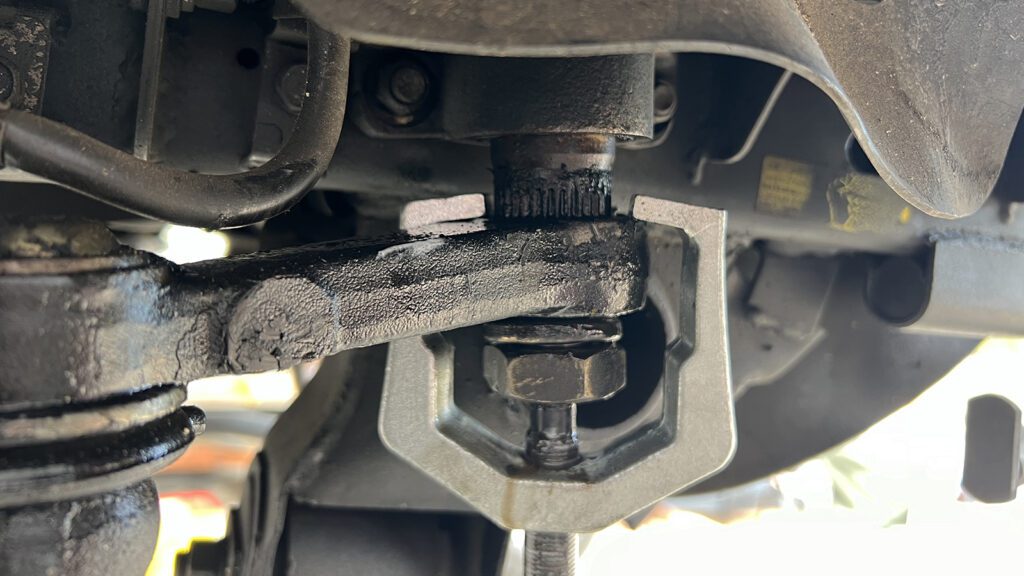

Back at it with a larger puller, aligned perfectly and cheater bar at a max stretch, we still saw no movement. I scraped away with a pick, trying to clear out any crud, then put more muscle into the puller, which gave up the goose and broke off at the neck. And this is for an American-made piece of Craftsman history!
At this point, we needed to start reassembly so that Dan could get home before midnight, so we gave up, too, and hastily threw the new tie rod ends and sway bar components back on. Driving home, he reported how much of a difference even those new parts made in the suspension and steering feel—lending a sense of purpose and pride to the mission thus far.
Stop, drop, and eat dinner
The next day, deciding wisdom was the better part of valor, I did a few more odd jobs on my own PajEvo, including swapping on a new set of upper front ball joints. But I left the pitman arm untouched. I’d already installed new tie rod ends, new sway bar end links, and a new idler arm, but the new upper front ball joints tightened up the steering better than even replacing my torn-up tie rod ends. Very interesting, the result being a piqued curiosity on how much of a difference a new pitman arm might make along with my new lower ball joints.
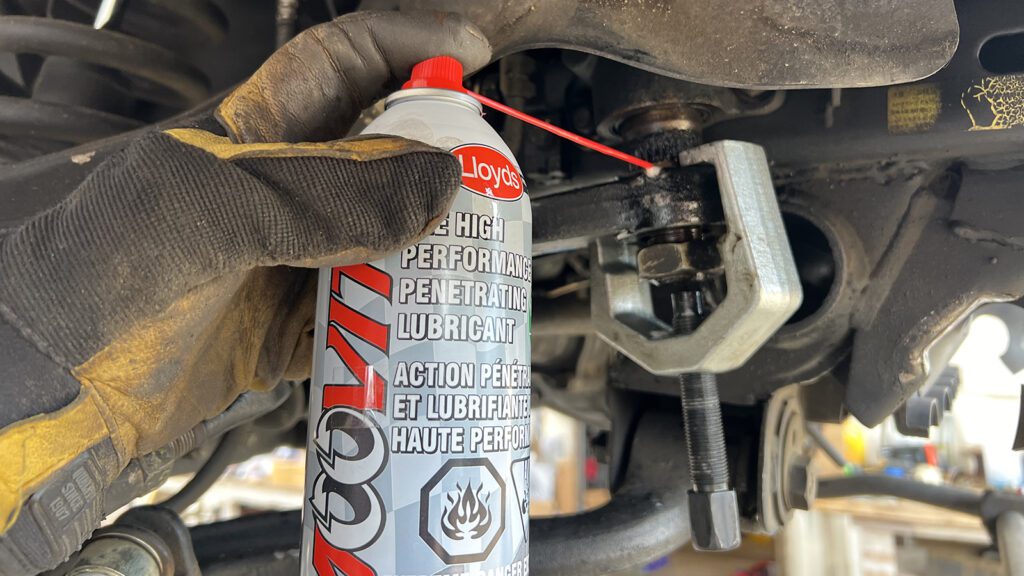

And so, the next weekend, I set out to do just that—albeit now armed with the beefiest set of pullers ever amassed in history, as well as a new penetrating oil that promised even better rust removal according to reviews online. I measured my Montero’s pitman arm since the PajEvo generally shares steering components with the Gen 2.5. But I still felt a bit of trepidation as I loosened my new tie rods and hinged down my new sway bar end links to make room around the pitman arm again.
This time, knowing I didn’t want to use the torch or sledgehammer, I sprayed the Moovit liberally all over the pitman arm splines in advance. The pitman arm’s ball joint popped off, no problemo, and my nut required much less effort than the one on Dan’s truck (the benefits of a slightly less corroded underbelly, Dan’s having lived a few years in the UK before he bought it off CollectingCars.com). Applying more Moovit, I scraped away at any gunk beneath the pitman arm and saw plenty of rusty dust flowing off. Time to give these new pullers a go.


At first, I struggled to get the bigger jaws aligned since my sway bar now blocked some access. But then the big, beefy Harbor Freight (Pittsburgh) puller seemed to grip well, and I started applying some arm strength with the breaker bar. No luck. I loosened up that puller and tried a couple of the even larger versions, one of which proceeded to bend dramatically at the neck. And yet, still no movement, hmmmm.
More Moovit and maybe time to slip on the cheater. Sure enough, with a bit more juice, more length, and the Harbor Freight puller back in place, maybe flexing just a bit, the pitman slammed down off the splines with a loud crack. Not broken, but this time, I had left the large nut in place, hoping to prevent parts from flying everywhere—a lesson learned best by Dan the previous weekend when we almost broke his finger in carelessness.
I scrubbed away at the pitman arm splines and began reassembly, but not before spending a few hours trying to replace my lower front ball joints—all in vain, since the Mitsubishi engineers who completely redesigned the lower A-arms to house the same Gen-2.5 lower ball joints in a position that looked better for quick removal on a homologated racecar, in fact, only made removal harder. And in my haste, frustration building and darkness falling as I hoped to avoid a seemingly inevitable full hub removal, I began to tear an unobtanium CV axle boot. Time to stop for dinner and reassess in the morning.
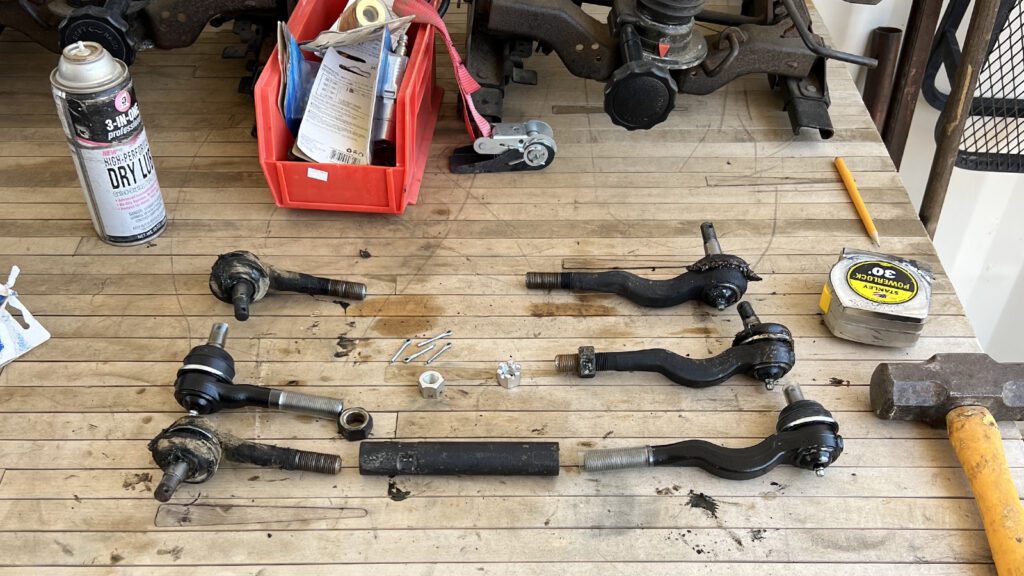

Next time, I’ll be a pro
That night, at least I rested reassured that Dan’s pitman arm job could be completed with the right tools—a beefier puller and, in this case, “tools” also referring to the hardcore penetrating oil. “Next time I do this job, I’ll be a pro,” I always tell myself. The next morning, I reassembled my front end without the new lower ball joints and went for a test drive, with the steering a bit tighter but a newfound clunk on the right front where I’d struggled for hours the previous night. So, the next test of willpower, problem-solving, and patience will definitely be that front hub removal. Of course, that begs the question of what new tools might I need then.
Now, I’m lucky. I work on my own cars in front of my tiny apartment and in the back alley, out on off-roading trails, and stopped on the side of a highway. But I also have access to all my dad’s tools, and he’s a former contractor with just about everything known to man on hand. That 36-mm socket? He probably bought it in 1969. I’ve unwrapped brand-new tools from the 1970s. Hell, we even have Whitworth tools. So thanks, Dad, if you’re reading this. Of course, the convenience of internet research, quick modern shipping, and local Harbor Freight stores also help a ton.


But Dad also bears a lot of the blame for many of the messes I get myself into and (usually) out of. He probably sparked the obsession with cars and motorcycles in me at a young age and spends plenty of his own time wrenching on his two Monteros, two 1967 Volvo Amazons, and an E36 M3. Hence, from a young age, his incessant proselytizing about the right tool made all the difference. This guy would rather drive to the store than spend time struggling—and he’s spent a lifetime learning that lesson building homes for wealthy celebrities in West LA.
Lessons for the often uncoachable
Dad also spent much of my childhood jokingly referring to me as “uncoachable” (my many teachers, as well as football and lacrosse coaches, all agreed, I can admit.) As a case in point, I recently replaced the O2 sensors on my Montero in the street in front of the apartment. With tight spaces and no leverage, I couldn’t use my smallest socket because it needed to fit around the sensor wires. Multiple bloody knuckles and a torrent of swearing later, I drove to Harbor Freight and picked up an O2 sensor wrench. The job required all of five minutes, no injuries, and zero four-letter words once armed with the right tool.
Have I learned? Maybe. Every job well done brings a certain sense of satisfaction, making the car or motorcycle more fun to drive. (Bonus: the new addition of working on motorcycles requires a whole new set of unknown tools!) But a bunch of random helpful tools have become indispensable along the way. It is not just a set of every socket extension length possible but also two different torque wrenches for larger and smaller projects. I use a multimeter all the time on these old trucks. I have oil filter wrenches in the proper size for each vehicle I own (and a few more that fit Dad’s available if I need them). Ratcheting box wrenches in metric and imperial save arm muscles by the end of the day. Hex drivers, in addition to hex wrenches, truly help on bicycles, cars, and motorbikes alike. A box for figuring out threads on screws and bolts saves a ton of time flipping through random boxes on the shelf at the hardware store. And a good circlip pick also makes all the difference while effectively doubling as a rust scraper on a stuck pitman arm when required.
Getting the job done sometimes requires making modifications to the tools on hand. Like one time, I needed to shave down a box wrench to squeeze in and loosen a control arm nut for the 996’s rear suspension. Other times, though, Murphy’s Law simply reigns supreme. And even when armed with every tool in the known universe, when things go wrong, the old stomach-churning frustration still bubbles up.
Tricks I’ve noticed that can help to stave off the strings of curse words: Always eat a full meal before starting a project and take plenty of water or snack breaks. Try not to have a time crunch and plan stop-start decision points in any workflow process before reaching points of no return. Do the research in advance and ask for advice from more knowledgeable friends—in the cases of the Montero and Pajero, I find plenty of support from a helpful community on forums and social media. We’ve all been there, after all, since we’re all the type that buys Monteros hoping to save a few bucks versus a Toyota Land Cruiser, knowing full well (or soon discovering) that problem-solving experience comes with the truck, too.
And always, always, always, safety first. Use jack stands and/or chock blocks anytime you go under a car. Gloves prevent cuts, broken nails, and broken fingers. Eye protection might seem silly, but you never know when it might save your vision.
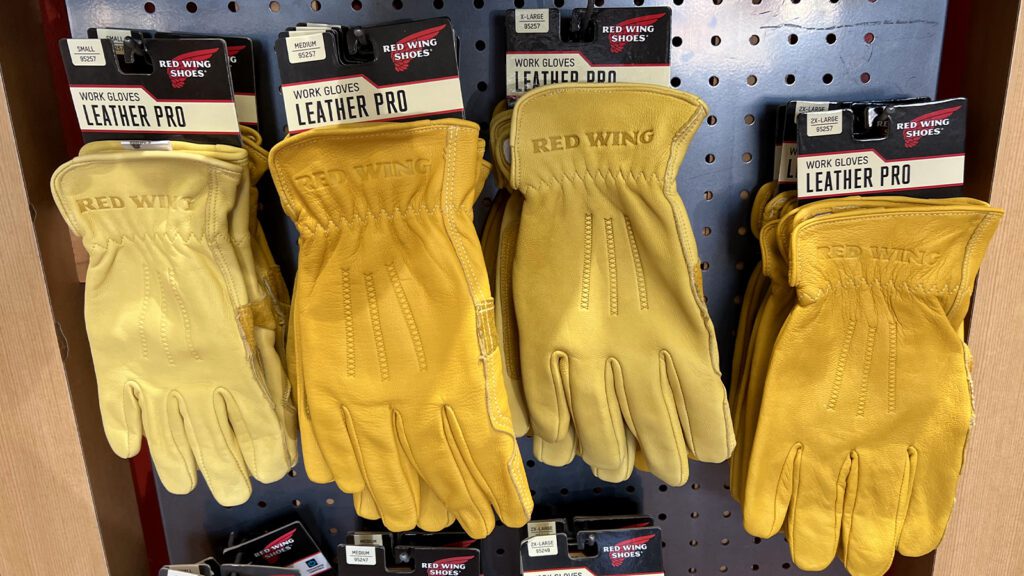



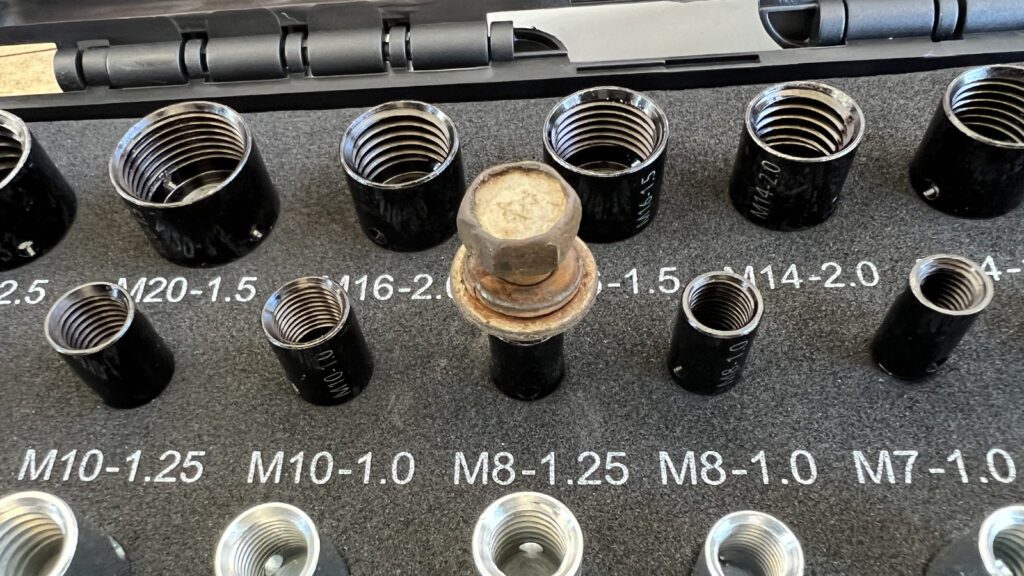



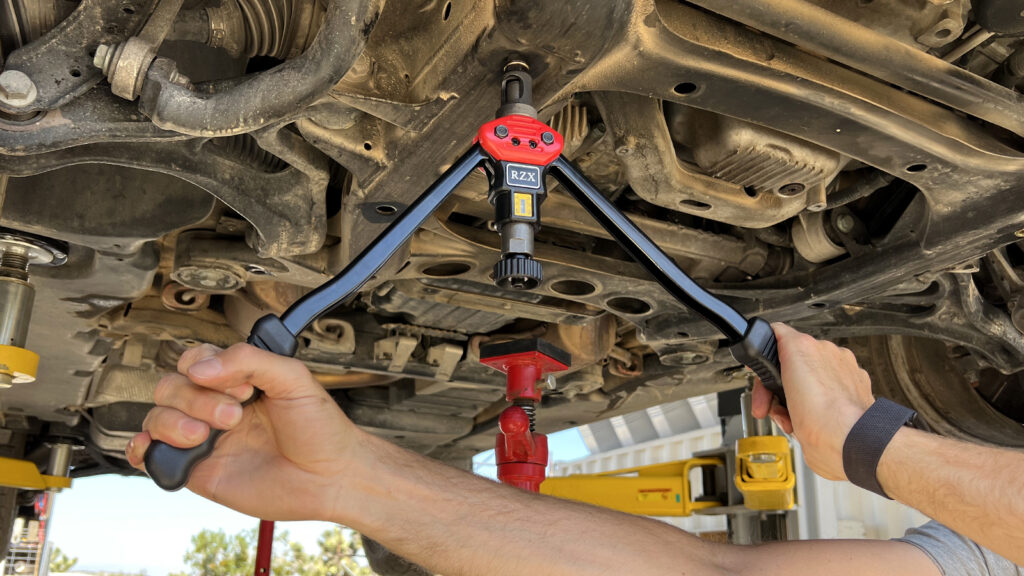

My biggest and best tool yet? One time, as I drove by my Audi/Porsche mechanic’s shop—in a running car that needed nothing, please note—I spied the car lifts being replaced with new Bendpaks. I swung in to say hi, and he said that if I saved him the hassle of making more trips to the dump, I could take one home in pieces. Of course, having a lift is only possible if you have the space and budget, but this one tool truly changes everything, making life easier, safer, and quicker all at the same time.
Even while using a lift, the hilarious number of tools I sometimes need to finish even small jobs downright blows my mind. But tools last a lifetime, and the lessons we learn while using those tools last a lifetime, too.
Tools that saved Michael from certain doom:
Zen and the Art of Motorcycle Maintenance – on paperback for $13
There is no tool. Go read a book.
JD-Hi-Five Porsche 996/986/987 short shifter – what do you have to lose for $90
Do you trust an $89.99 Amazon short shifter? Michael did, and he turned out fine. I think. Real talk, perhaps this is what that budget junker Porsche project needs to have a little extra flair without obliterating the bank.
WD-40 Specialist Penetrant – good ol’ reliable for $10
You already know what’s up. Treat yourself to some of that good stuff now with a flexible metal straw.
Stalye Thread Checker kit – never make a wrong guess for $51
Didn’t even know they made such a thing, and now this editor needs one more than anything.
NEIKO Hex Bit Socket Set – for those dastardly hex screws; $17
Plenty of tuner car hardware kits feature hex heads, so don’t be caught lacking at the next friend group garage hangout.
TEKTON 6-piece Long Flex Head 12-Point Ratcheting Box End Wrench Set – a simple necessity for $165
For home or garage, it’s nice to have a proper wrench set always at the ready. You’ll never know when IKEA or that Pic-A-Part find will betray you.
EPAuto 1/2-inch-drive 150 ft lb. Click Torque Wrench – torque it tight and torque it right for $55
For engines, suspension hardware, or wheel lug nuts, always be prepared with one of these suckers. Torque it right the first time and never worry or second guess.
Captain Phab MOOVIT High-Performance Penetrating Lubricant – “high performance” anything often means something; $22
WD-40 not cutting it? Some extra penetrating power should do the trick.
EMPI 5770 Gland Nut / Axle Nut Socket 36mm with ½-inch Drive – apparently not just for classic Volkswagens; $19
Apparently, these are the move if you especially own an old air-cooled Vee-Dub. But as Amazon reviewers and Michael have learned, it matters little what the car is. If it fits, it sits, right?
OEMTOOLS 74mm 14 Flute Oil Filter Wrench – underrated here for $8
I, myself, can’t stress enough how nice it is to have one of these, especially after some bastard dunce who last did the oil change (me) decided to torque down the last oil filter with the hand of God.
7-Function Digital Multimeter – feel like a genius for $10 (in-store only)
Are electrical gremlins running you up the wall? Something like this will make you feel like a real hero. Or at least look like one to friends and neighbors.
Pittsburgh Automotive ⅜-inch Offset Oxygen Sensor Wrench – make a simple job simpler for $9
I’ve never had many issues with removing oxygen sensors on exhaust systems. Good for me. Let’s keep it that way with one of these. Try one for yourself and see how something so simple can make a big difference.
Pittsburgh Automotive Tie Rod and Pitman Arm Puller – honestly, might as well just snag one if it’s $16
Has a slim fit for tight spots while still being able to withstand the forces of a big, tough hunk like you yoinking on your steering hardware.




